Fear of tall people
A Fear Of Tall People In Poorly Fitting T-Shirts
Your Height Can Qualify You For Free School Money!Reading Gigantasophobia: A Fear Of Tall People In Poorly Fitting T-Shirts 3 minutes
Next How To Dress Your Tall WomanBy
Tags
- Tall Facts
Have you ever felt like people are scared of you because you are so tall? Turns out it is not all in your head. Gigantasophobia is an officially recognized phobia. Those short people that you run into may not be so much shy as terrified. Let’s be honest, being tall can get you into all sorts of strange positions. Including, being forced to wear ill-fitting clothing. In which case, we got you covered.
Line of sight can equal slight
Being tall means that we can see farther in the distance. With more interesting stuff to look at off in the horizon it is possible to miss someone standing right in front of us. Running into a person smaller than you can mean bad news to them. Don’t forget this also means tall people are dangerous to small pets. One misplaced step and we’ve stepped on the cat’s tail and sent them yowling into a tree where they now must be retrieved by a heroic person. Good thing you have the long arms to get the job done, right?
Everyone is looking at you
When you’re the tallest person in the room people tend to glance at you. It’s an instinctive reaction. Scoping out the competition or potential threats has been hardwired into humans since pre-history. The small people in the room now have to work twice as hard to get noticed. They generally do this by talking a lot or being as loud as they can.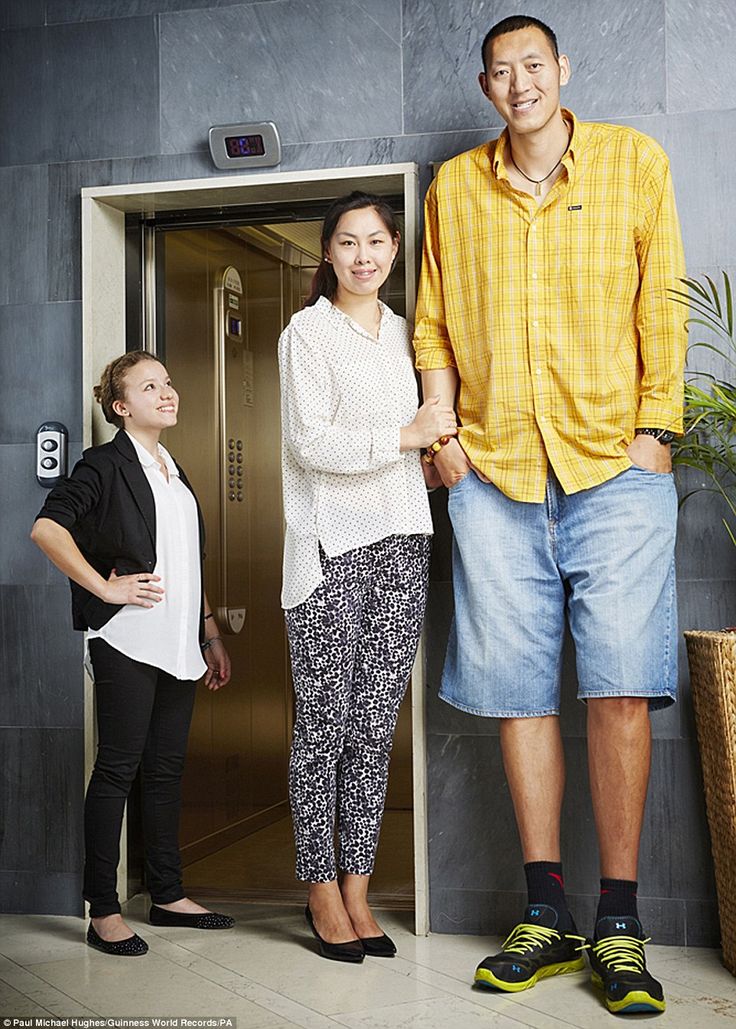 This overcompensation is a lot of hard work. Notice that once things go south, though, that they find you a convenient place hide behind. Being tall makes people assume you’re an automatic protector.
This overcompensation is a lot of hard work. Notice that once things go south, though, that they find you a convenient place hide behind. Being tall makes people assume you’re an automatic protector.
Source of so many awkward moments
Imagine being the short person that has to jump in order to meet your high five. You’re high-five is impossibly high. Also, hugs can be uber awkward. A short person’s head hits your stomach, at which point they have to listen to the food digesting in your stomach as they hold you. More awkward still for tall women who hug a short person that hits right at breast height. Small people having to shout up at your face because you’re ear is way up there. Private conversations can be nearly impossible in public unless a stepping stool or serious slouching is involved.
The tall life can be tough. We know how it is here at TallSlim Tees. So, we’ll always provide you the shirts you need to make life a little more comfortable.
Free shipping
Customers in the U.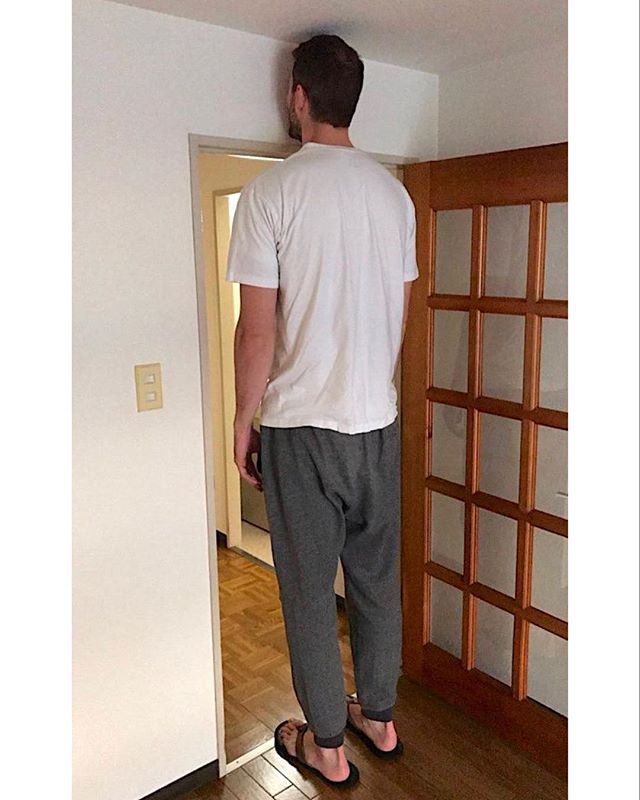 S. receive free standard shipping on orders over $75. All other domestic orders ship for a flat rate of $5.
S. receive free standard shipping on orders over $75. All other domestic orders ship for a flat rate of $5.
Fear of Tall People - Gigantasophobia
Have you ever avoided going out with your friends because tall friends will be there too? You don’t have anything against them, but being in their presence makes your skin prick with fear.
If your answer is yes, then you may suffer from gigantasophobia.
You don’t have any other reason for sitting out most plans, but being in the presence of tall people makes your chest tighten and your heart beat faster. Admitting that you have a phobia of tall people may feel irrational, but it isn’t.
Gigantasophobia is a real phobia. In fact, many people deal with it every day. However, with proper steps and some help, you can overcome this fear. But first, you need to get to the root of your tall people phobia.
What Are the Causes of Gigantasophobia?Phobias are complex, so it’s not always easy to identify your gigantasophobia causes.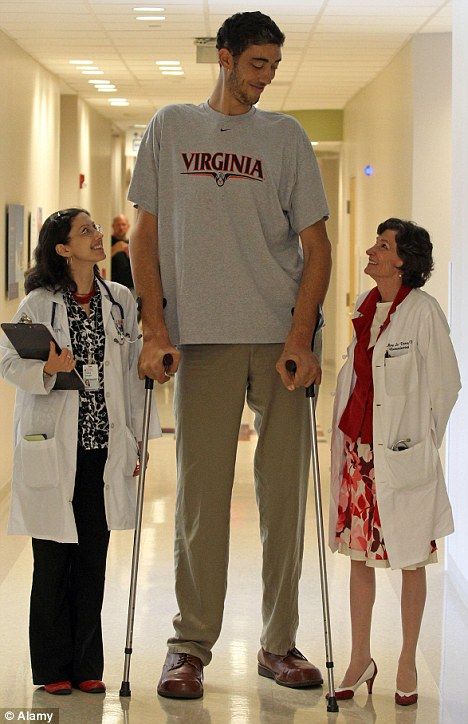 More often than not, phobias are connected to our past experiences.
More often than not, phobias are connected to our past experiences.
Perhaps you were bullied by a tall person. Or maybe you got caught in a sea of people when you were a child and felt like you would be trampled by the much taller people around you. Or maybe in your childhood, your parent or a teacher painted a villain in a story as someone very tall.
Such experiences can instill a deep-seated fear in our minds. Oftentimes, such an extreme fear stays with us for a very long time.
Everything You Need to Know about GigantasophobiaGigantasophobia is derived from two words: gigantism and phobia. Gigantism is a condition where a child has high levels of growth hormones that result in them growing especially tall. And phobia refers to an extreme fear of any particular situation or object.
Anyone who struggles with a phobia generally tends to avoid situations and thoughts that trigger that specific fear. They do not always have to be exposed to the cause of their phobia to experience anxiety; sometimes even the mention can trigger their fear. It can cause their brain to paint all kinds of scenarios involving the object of their fear—in this case, tall people—and spiral into panic or extreme anxiety.
It can cause their brain to paint all kinds of scenarios involving the object of their fear—in this case, tall people—and spiral into panic or extreme anxiety.
Like most phobias, gigantasophobia is one of the fears that you can consider on the irrational fears list. While gigantasophobia in itself is not irrational, it’s the effect that this fear of tall people can have on your life that’s irrational.
Such a phobia can cause you to avoid stepping out of your home for fear of running into tall people. But that’s not possible when you have to go to school or work. You can’t control whether or not you’ll come across a tall person.
However, the good news is that gigantasophobia can be treated. Acknowledging the fear, accepting it, and recognizing the symptoms are all crucial steps in dealing with the phobia.
Gigantasophobia SymptomsPhobias are a serious issue that should be addressed with caution. In extreme cases, they can significantly impact our daily lives and limit us from living a full life.
Depending on the severity of this fear, you can experience any of the physical and psychological symptoms described below.
Physical SymptomsSimilar to other phobias, people suffering from gigantasophobia may also experience severe anxiety or panic attacks when faced with a tall person. Some of the physical symptoms of an impending panic attack are as follows:
- Sweating and trembling
- Shortness of breath/Difficulty in breathing
- A choking sensation
- Rapid heartbeat
- Tightness in chest
- Nausea
- Headache and dizziness
- Confusion or disorientation
- Hyperventilation
- Rise in blood pressure
Along with physical symptoms, people may feel other fears and thoughts seep into their minds that are triggered by their phobia.
- Fear of losing control
- Fear of dying
- Fear of harm or illness
- Fear of fainting
- Feelings of dread
- Guilt, shame, and self-blame
- Withdrawing from others
- Generalized anxiety and fear
- Feeling disconnected
- Anger, irritability, and mood swings
These symptoms can have a negative impact on a person’s well-being and can even make it difficult to lead a normal life.
But there are ways in which you can manage this fear.
How to Overcome the Tall Peoples PhobiaThere are different ways in which a phobia can be treated. In the case of gigantasophobia, since it’s not always possible to avoid tall people, it’s crucial that you address this fear in a positive and effective way.
Self-HelpOnly you know what you experience during panic episodes when your phobia is triggered. So, you can help yourself overcome this fear in ways no one else can. Here are some effective methods that can help:
- Manage Your Anxiety
Learn to manage your anxiety by trying different relaxation techniques. It can be meditation or exercise or anything else that helps calm your nerves. You can even learn breathing techniques to focus on when you feel a panic attack kicking in. - Talk to Someone
Talk about your fear with someone your trust. Talking it out will help you acknowledge it yourself. Often the reason our fears affect us so much is that we aren’t ready to acknowledge them. Talking with someone you trust can help reaffirm that your phobia is valid but also irrational. It can help you see that there is no reason to fear tall people.
Often the reason our fears affect us so much is that we aren’t ready to acknowledge them. Talking with someone you trust can help reaffirm that your phobia is valid but also irrational. It can help you see that there is no reason to fear tall people. - Join a Support Group
Look for peer support groups in your locality or school. If you don’t want to reveal your identity, you can try online support groups where your identity will be kept hidden. Meeting other people who share your experiences will reassure you that you are not alone. These groups can also help you find other methods to overcome your fear.
If none of the self-help methods work or don’t yield the expected results, you can seek help from a professional. Take a look at a couple of the more common gigantasophobia treatments that are known to be successful.
- Talk Therapy
Just like how you acknowledge your fears and slowly try to overcome them while talking to your friends, in talk treatments or talk therapy, you will be talking about your fears with a trained professional.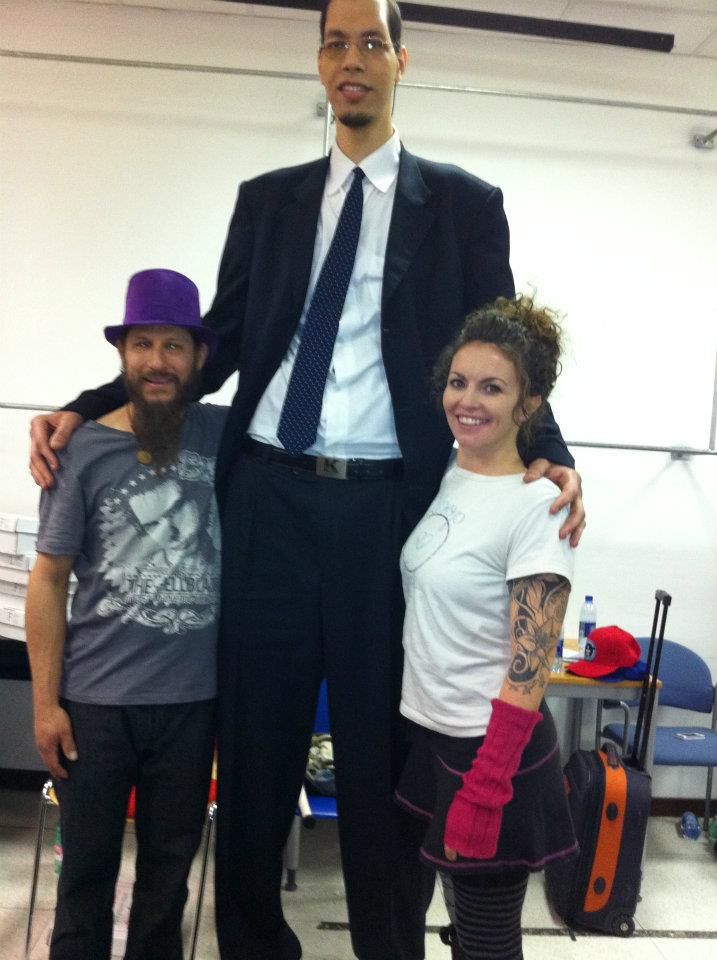 These professionals are experienced in identifying your thought patterns that lead to anxiety. They will help you resolve your feelings and cope with your past, which may have been the cause of your phobia.
These professionals are experienced in identifying your thought patterns that lead to anxiety. They will help you resolve your feelings and cope with your past, which may have been the cause of your phobia. - Cognitive Behavioral Therapy (CBT)
Cognitive behavioral therapy or CBT will help you identify your perception of reality and challenge it. It helps you identify your fear of tall people and whether what you are feeling is real and valid. If it’s not, the therapy will challenge your perceptions and work on ways to change them.
Most phobias are treatable as their roots are more psychological than physical. But there’s no guaranteed treatment that will work. What works for one may not work for another. It depends on the person suffering from the phobia and the severity of the fear.
Coping with GigantasophobiaGigantasophobia is not as common as other phobias, but that doesn’t make it irrelevant. It is a valid and very real fear that can have crippling effects if left untreated.
You can try to overcome this phobia by acknowledging and understanding your fear of tall people. You can also try exposing yourself to your fear gradually. Go out with your tall friends, if not alone then with some other friends. Focus on your breathing and positive thoughts if you start feeling uncomfortable.
Talk to a professional and learn about other ways that can help.
In ConclusionGigantasophobia or fear of tall people, if not dealt with, can hinder your daily life and can have lasting effects. Don’t let it prevent you from leading a normal life. Acknowledge your fear, talk about it, and get help.
So, the next time your friends call you for an outing, say yes. And if you feel your anxiety creeping in, just breathe!
Acrophobia: what is it, causes, symptoms, treatment of fear of heights
Is it scary to look out the window once again if you are above the tenth floor? Is flying in an airplane such a terrible torture for you that you are ready to give up your vacation? Perhaps you suffer from acrophobia - a pathological fear of heights.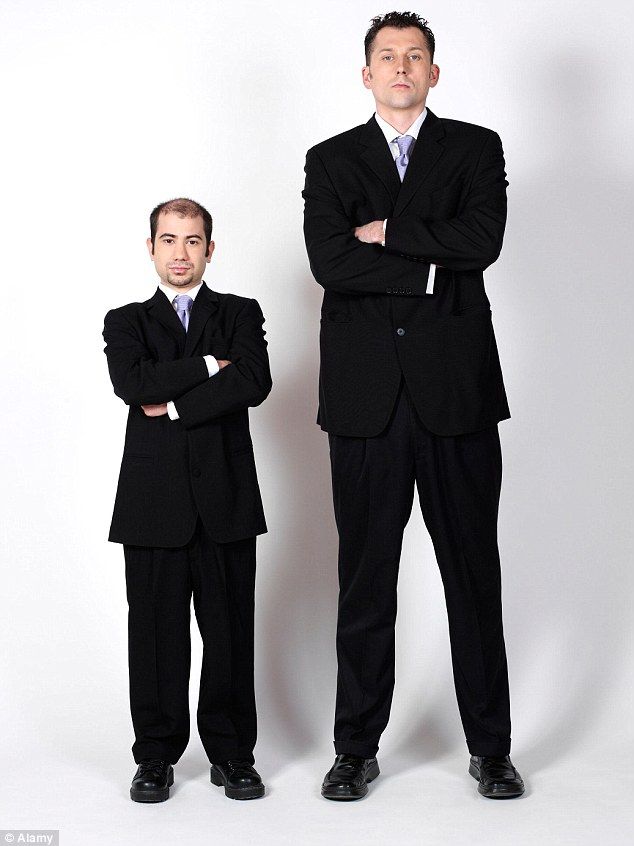
- What is acrophobia
- Symptoms of acrophobia
- Causes of acrophobia
- How to deal with acrophobia
Vyacheslav Donin, psychologist, specialist of the service for the selection of psychologists Alter, author of the meandadhd telegram channel;
Nikolai Nazaryev, psychiatrist, narcologist, sexologist at the Semeynaya clinic.
Advertising on RBC www.adv.rbc.ru
What is acrophobia
Acrophobia is an irrational, too powerful and inappropriate fear of heights that can drive a person into a stupor, panic attack and cause other severe symptoms
© Tim Trad/Unsplash
Acrophobia is an irrational, overpowering, and inappropriate fear of heights that can drive a person into a stupor, panic attack, and other symptoms that paralyze normal activity.
Over time, the disease can form avoidance behavior when a person, realizing his phobia, fundamentally refuses to do something that can provoke it - for example, flying on airplanes, using escalators in the subway or climbing above the tenth floor.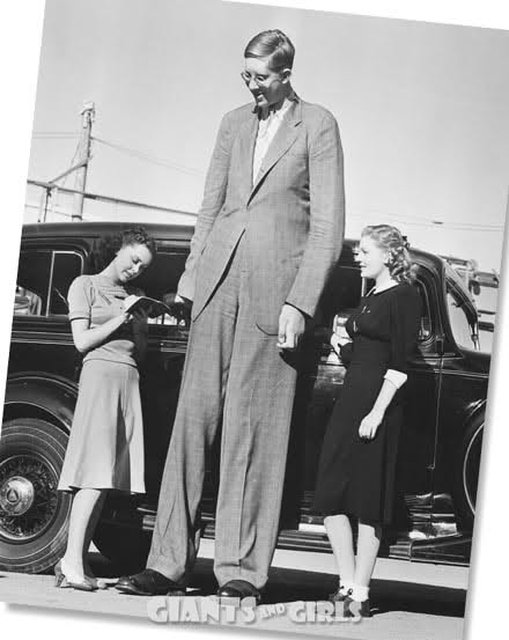 This avoidance behavior can severely impair the quality of life.
This avoidance behavior can severely impair the quality of life.
In general, being afraid at height is a natural human reaction. If you feel creepy when you look out from the open balcony on the 32nd floor, or if you feel dizzy on the funicular, this is quite normal.
Today, researchers depict fear and anxiety at height as a spectrum that begins with a physiological imbalance in the perception of height, when looking at the ground from a high point makes a person feel dizzy, it seems to him that he is much further from the ground than he really is. This reaction is not considered a problem. The second, more severe stage is called visual height intolerance - this is a pronounced fear in which a person feels discomfort, is afraid of losing control of the body and falling. This condition is no longer considered normal, but does not reach a full-fledged phobia. The extreme, pathological degree of fear is acrophobia [1].
In general, being afraid of heights is a natural human response.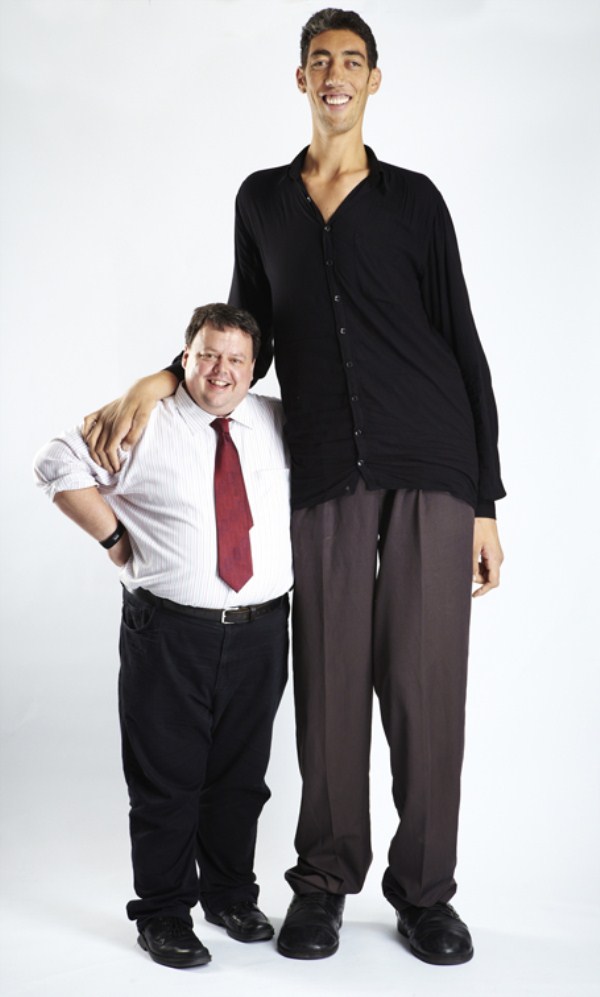
© atrick Mueller/Unsplash
Doctors and psychologists have developed several questionnaires that measure a patient's fear of heights and its level. One of the newest and most detailed is this one (in English).
Acrophobia is one of the most common phobias in the world. According to studies, it occurs in 5-6% of people, with women more often than men [2], [3]. Also, specific forms of acrophobia are often found in children and adolescents.
The triggers for acrophobia are different for everyone. Any “high” places can provoke an attack: mountains, an airplane, the upper floors of buildings, large bridges, overpasses and escalators. Sometimes fear and anxiety appear when looking at a photograph taken from the top of a mountain, or even before a person climbs a high point.
It is generally accepted that acrophobia develops in general in the same way as other phobias. The body reacts exaggeratedly to one or another trigger due to negative experience, genetic predisposition, or other reasons.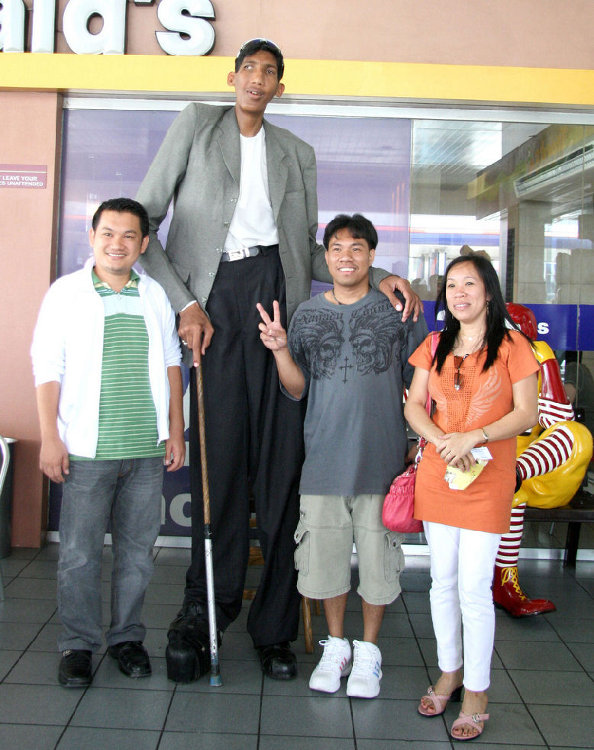 But there is another explanation for acrophobia. According to the theory of advanced navigation, a person who is at a high altitude tends to exaggerate the distance to other objects. When we stand on the balcony of the 20th floor, it may seem to us that there are many hundreds of meters to the ground - although in reality there are hardly more than 100. This natural mechanism works as a warning and makes us assess the risks more strictly and fear the consequences of a fall more. From this point of view, even a pronounced fear of heights is a relatively natural state [4].
But there is another explanation for acrophobia. According to the theory of advanced navigation, a person who is at a high altitude tends to exaggerate the distance to other objects. When we stand on the balcony of the 20th floor, it may seem to us that there are many hundreds of meters to the ground - although in reality there are hardly more than 100. This natural mechanism works as a warning and makes us assess the risks more strictly and fear the consequences of a fall more. From this point of view, even a pronounced fear of heights is a relatively natural state [4].
Acrophobia also has subspecies:
- kremnophobia — fear of rocks and abysses;
- bathophobia - fear of slopes and stairs;
- aerophobia - fear of flying in airplanes and helicopters;
- gephyrophobia - fear of crossing a bridge.
Symptoms of acrophobia
Fear of heights manifests with classic anxiety symptoms
© Marina Vitale/Unsplash
Fear of heights manifests with classic anxiety symptoms that occur when a person is at height:
- excessive anxiety;
- dizziness;
- desire to leave the "high" place as soon as possible;
- derealization and depersonalization;
- fear of dying;
- feeling of losing control of oneself;
- trembling in the body;
- dry mouth;
- rapid pulse.

Sometimes acrophobia leads to fainting and fainting.
Causes of acrophobia
Fear of heights usually occurs in childhood
© andrea piacquadio/pexeks
This disease can be caused by various causes, both psychological and somatic.
Traumatic experience
Acrophobia is often the result of unpleasant experiences associated with heights. It could be severe turbulence in an airplane, falling from a great height, or watching another fall.
Genetics
There are more and more scientific papers that show that fear of heights can be the result of a genetic mutation and be passed from parents to children. So, Dutch scientists found that up to 33% of cases of phobias associated with various situations can be inherited [5]. Another study showed a link between acrophobia and specific genetic mutations [6].
Neurological disorders
The vestibular apparatus is responsible for balance. If his work is disturbed, the person suffers from dizziness and unsteadiness.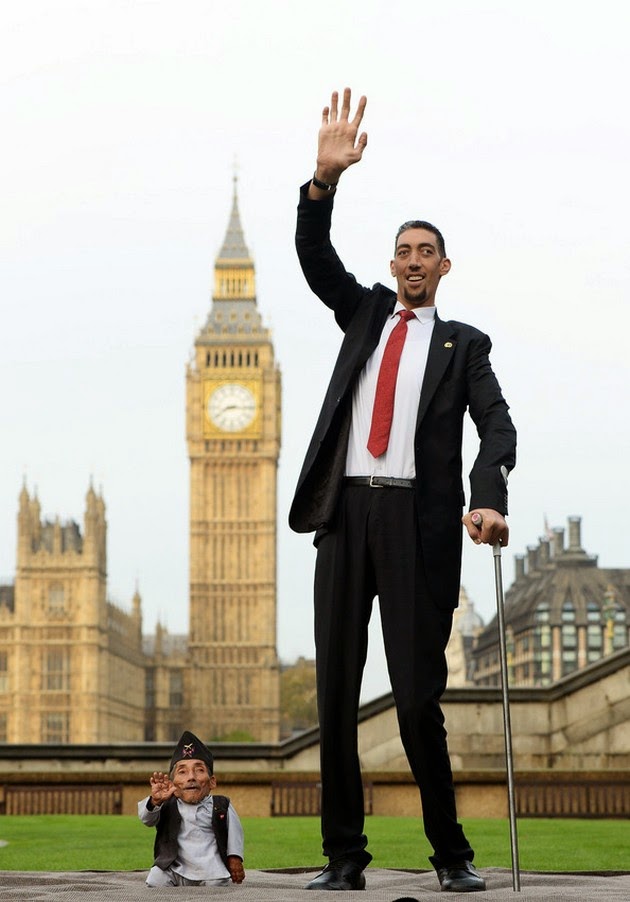 At high altitude, when looking down, the vestibular apparatus is overstressed, since the eyes do not find reference points for movement in the near space. Therefore, in people with vestibular disorders, acrophobia occurs much more often. In one study, almost 52% of patients with this disorder also complained of motion sickness in a car, another symptom of vestibular weakness [7].
At high altitude, when looking down, the vestibular apparatus is overstressed, since the eyes do not find reference points for movement in the near space. Therefore, in people with vestibular disorders, acrophobia occurs much more often. In one study, almost 52% of patients with this disorder also complained of motion sickness in a car, another symptom of vestibular weakness [7].
If acrophobia is associated with disorders of the vestibular apparatus, it is best to address it not to a psychologist or psychiatrist, but to a neurologist, who will prescribe medication.
How to deal with acrophobia
Nikolai Nazaryev, psychiatrist, narcologist, sexologist at the Semeynaya clinic
It is imperative to try to cure acrophobia, otherwise the disease may worsen and develop into an anxiety disorder. At the same time, it is quite possible to completely get rid of this disease. Each case is individual, but in general, complex treatment is used, consisting of psychotherapy and drugs that help relieve fear in a particular case.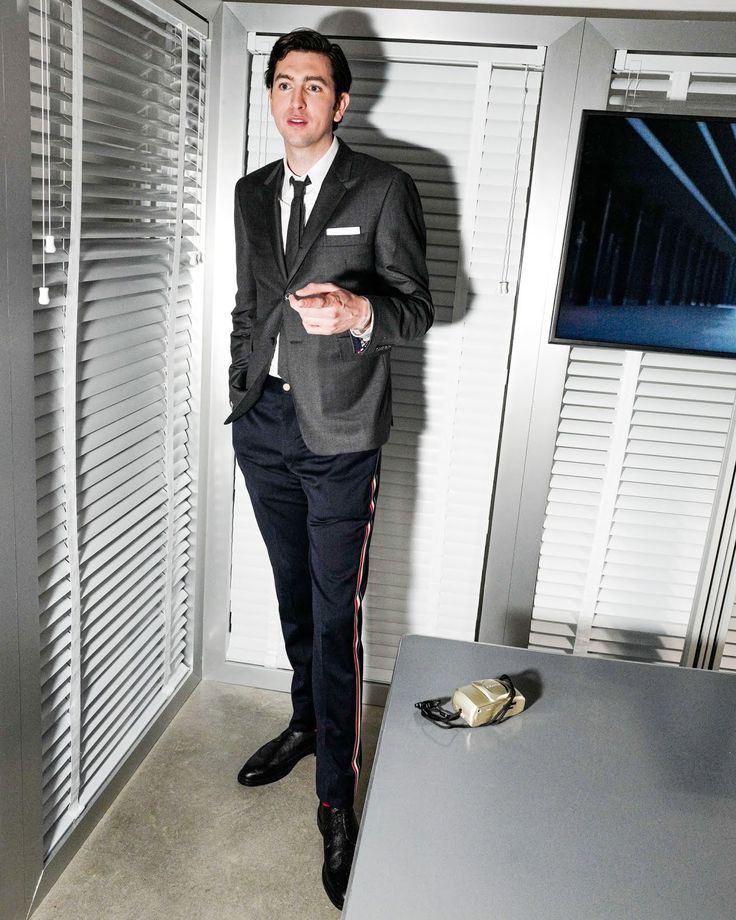
Vyacheslav Donin, psychologist, specialist of the Alter psychologist selection service, author of the telegram channel meandadhd
Fear of heights usually occurs in childhood. Often, acrophobes are children who have fallen from the horizontal bar, bed, trampoline and experienced severe stress. Negative experience is fixed in the young mind. In the future, overwhelming fear arises even when there is no reason to panic. This behavior is explained by operant learning theory. According to it, phobias are formed by the environment - events and people, and the impetus for the emergence of fear is associations created by experience. In the future, a person may not connect it with the experienced fall, because he forgot about that incident. Parental overprotection can also serve as an impetus for the development of acrophobia. Parents start to scare the child in an attempt to warn him. And they do it even when there is no real threat to life. You need to calmly explain to the child where you can play and where not.
Anxious people who are accustomed to always being in control of a situation can also develop a fear of heights. For example, such a person, being at a height, slipped or lost his balance. The loss of control will affect him very much, because the pattern is fixed in his mind: I control life, so nothing bad can happen. He perceives simple failure as something terrifying.
Acrophobia is treated quite effectively with CBT. It can be worked out in just a month of consultations. First we teach a person to relax. A relaxed person is a blank sheet of paper on which to “write down” useful beliefs. While the client is in a meditative state, the psychologist pronounces phrases in an affirmative form. This is how the reaction of the body is “rewritten” and a new behavior is created in a situation where a person experiences a fear of heights.
The second stage is getting rid of the phobia itself. This is where the technique called exposure works well. The patient imagines or observes in reality something that causes fear in him - over time, this helps to accept such situations and stop being afraid. At first, this happens in imaginary scenes. Then the patient, with the support of a psychologist, meets his fear in reality - for example, in a skyscraper or on a Ferris wheel. If at this moment a person begins to experience panic, then you need to take a step back. Fear should be dealt with gradually, without haste.
At first, this happens in imaginary scenes. Then the patient, with the support of a psychologist, meets his fear in reality - for example, in a skyscraper or on a Ferris wheel. If at this moment a person begins to experience panic, then you need to take a step back. Fear should be dealt with gradually, without haste.
what is the name of a person who is afraid of society, phobia of adult men, crowds and strangers, treatment of anthropophobia, how to stop being afraid
Anthropophobia is commonly understood as fear of people. This phobia has many forms and types. It is important not to confuse this concept with social phobia, as these are different things.
Anthropophobia should be treated as soon as it is detected. You can either help yourself or turn to specialists. During this period, it is very important to enlist the support of loved ones, as they can provide serious assistance in the fight against a phobia. 9Ol000 Fear of tall people
as people are afraid of people
since fear of people is called anthropophobes, persons who suffer from this suffer from this ailment, called anthropophobes.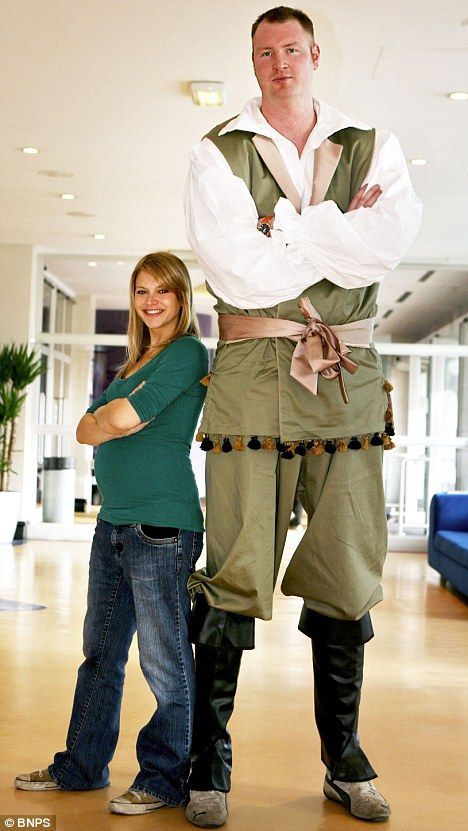 Under this concept it is customary to mean the fear of large companies or one person with visible external features . This phobia is typical for adolescence, but also occurs in adults.
Under this concept it is customary to mean the fear of large companies or one person with visible external features . This phobia is typical for adolescence, but also occurs in adults.
Anthropophobia is most often accompanied by such a psychoneurotic disorder as scoptophobia , the fear of embarrassment. The individual feels uncomfortable in the group, as he constantly fears that his actions will be condemned. If no attempt is made to get rid of this phobia, it can lead to neurosis.
Often "anthropophobia" is confused with such a concept as "social phobia" . They have similar features, as they are associated with communication, but anthropophobia complicates life much more. To understand how these concepts differ from each other, you need to familiarize yourself with the following points:
- Social phobia - fear of large crowds and fear of attracting the attention of the crowd.
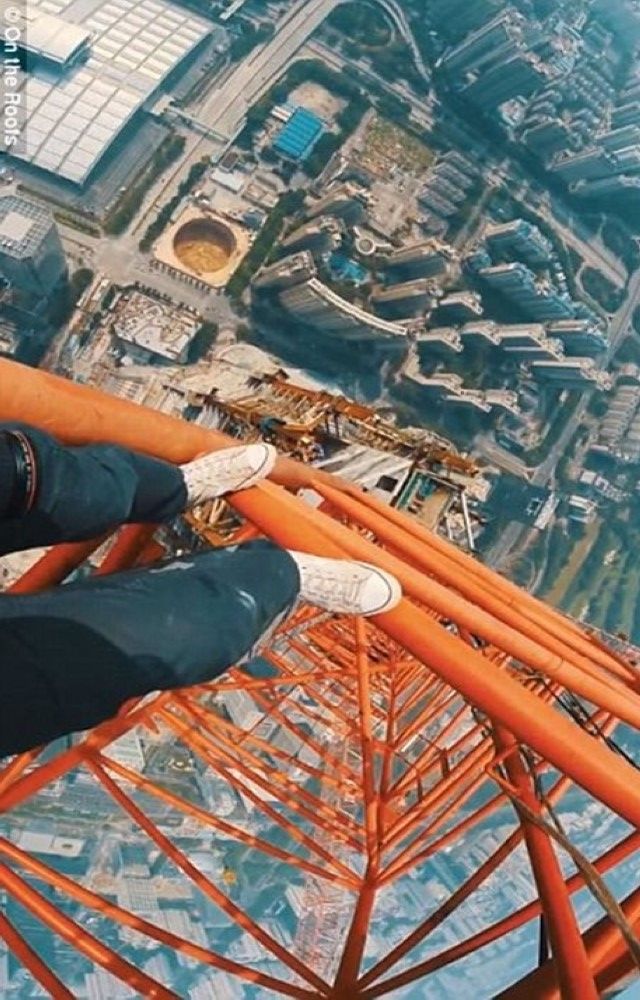 It is comfortable for social phobes to be in a small company (about two or three close people).
It is comfortable for social phobes to be in a small company (about two or three close people). - Anthropophobes find it difficult to interact even with one person.
Causes and risk factors
Consider the causes and risk factors of this disease.
Causes
Scientists have not yet been able to identify the exact causes of the pathology in question . If we turn to the opinion of psychologists, they argue that events that happened to the patient in childhood or adolescence can lead to anthropophobia.
This includes :
- emotional trauma;
- adverse social or family conditions;
- ridicule from classmates;
- resentment against parents.
All of the above factors have a negative impact on the child's psyche, as he gradually ceases to trust people and feels confident and comfortable only when he is alone.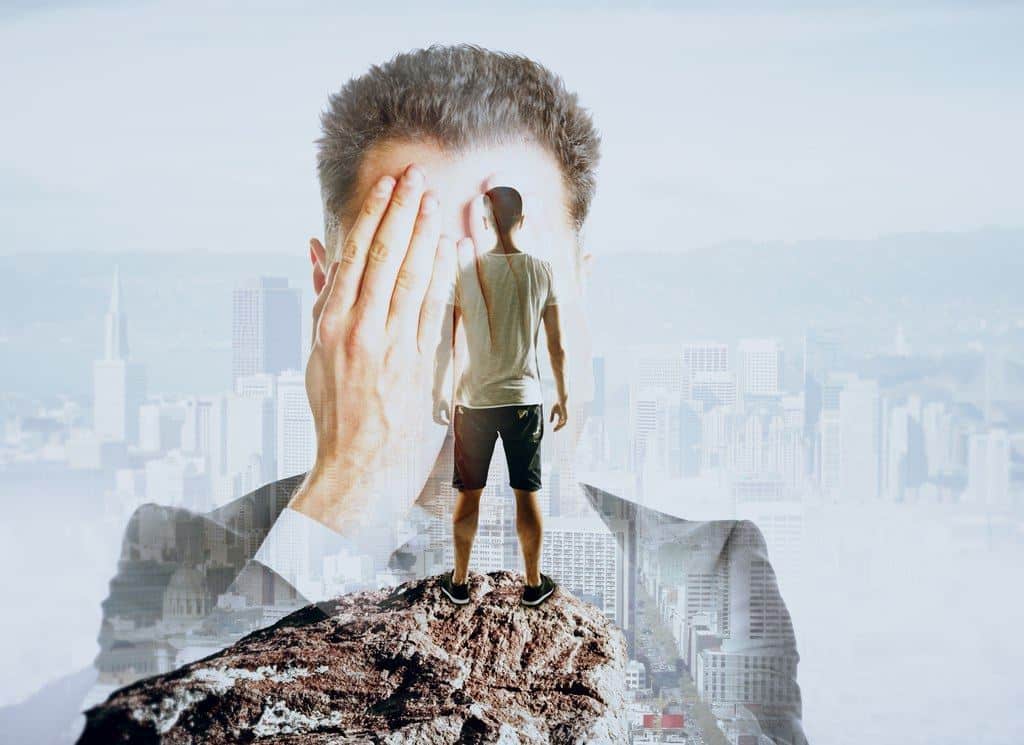 The minor develops the opinion that the person who is safe for himself is himself. At this stage, anthropophobia begins to form.
The minor develops the opinion that the person who is safe for himself is himself. At this stage, anthropophobia begins to form.
Risk groups
Anthropophobia is formed at an early age, therefore children who are :
- brought up in an orphanage;
- suffered a serious illness; 90,005 experienced parental abuse;
- were victims of ridicule from their peers.
There is also the other side of the coin, namely, the “excellent student syndrome” . It arises due to the fact that adults are strict with the child and control his every step. Such children are most afraid of being judged for a bad grade, second place at the Olympiad, etc. This fear makes the child withdraw into himself and not communicate with people.
If we talk about adults, then the emergence of anthropophobia can be influenced by the criticism that a person is subjected to. It can come from colleagues, spouse, etc. Humiliation and insults can break even a mentally healthy person, which will lead to an inferiority complex.
Humiliation and insults can break even a mentally healthy person, which will lead to an inferiority complex.
Important! "Some people avoid big companies because they had an operation that negatively affected their appearance"
Types and forms of anthropophobia
There are many types of anthropophobia , but each of them is associated with a fear of people.
What can anthropophobia include?
Fear of strangers
Fear of strangers is the most common phobia . If an anthropophobe is in the company of relatives or friends, he does not experience any discomfort. But if a stranger appears, then the patient begins to panic in relation to him.
Fear of men
Anthrophobe may be afraid of people of a certain sex and appearance . In this case, the fear of men is inherent in both women and the stronger sex.
Help! If a woman suffers from a phobia of fear of men, then most likely she has been abused by a male.
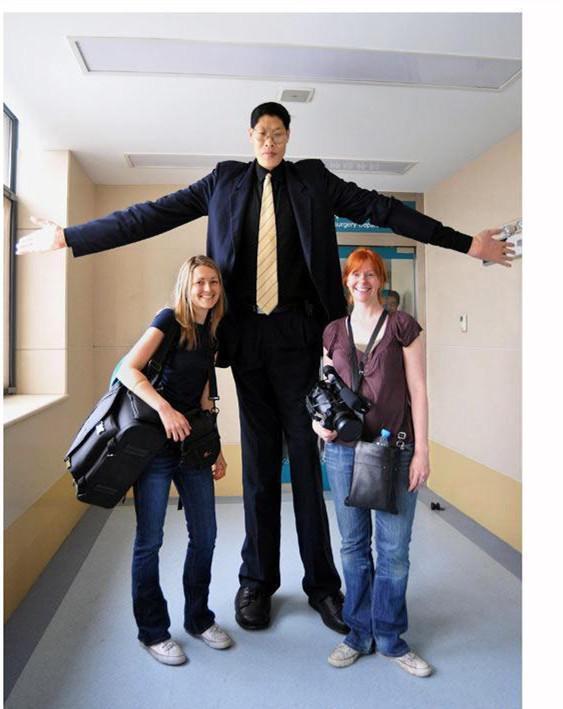
Fear of tall people
Anthropophobe may be afraid of tall people due to a trauma that was inflicted on him in childhood . For example, if a child has been abused and the offender was a tall person, then he will experience fear of such people.
Fear of crowds
If an anthropophobe gets into a crowd, he has a panic attack . This can make the individual not appear in crowded places at all and avoid them in every possible way.
Fear of the eyes of people
If the patient is forced to attract the attention of an excessively large number of people , he becomes extremely uncomfortable.
Symptoms and manifestations
Anthropophobia is characterized by the presence of one or several fears at once :
- Fear of all people .
 Panic can set in even at the mere sight of a stranger, let alone being touched.
Panic can set in even at the mere sight of a stranger, let alone being touched. - Fear of strangers . It is extremely difficult for anthropophobes to make new acquaintances.
- Fear of people with certain external features . For each patient, these features will be individual. For example, black hair, beard, full body.
How to determine the presence of anthropophobia
Only a specialist can determine if anthropophobia. Some patients mistakenly attribute such a diagnosis to themselves, as they are depressed and do not want to make contact with anyone.
Before determining that a patient has anthropophobia, an experienced specialist will talk with his relatives . The results of medical tests in this case are powerless, since they can only show the general state of health.
Methods for determining whether a patient has anthropophobia :
- ECG, MRI and CT .
 This will test how severe a panic attack occurs during a stressful situation.
This will test how severe a panic attack occurs during a stressful situation. - Empirical .
- Test/interrogation . The most efficient method.
Can anthropophobia be cured
Anthropophobia can be cured! The sooner the patient begins to make attempts that allow him to overcome fear, the faster he will be cured.
Methods of treatment
If a person is just beginning to have anthropophobia, he can get rid of it on his own with the support of loved ones. If the fear of people is already progressing, then you can not do without the help of a specialist.
Self-help
If you decide to engage in self-help, follow the recommendations of specialists:
- Use emotional relief . Inspire yourself with the idea that those around you do not pose any danger to you. At the same time, it is very important to enlist the support of loved ones, as they can provide serious assistance to an anthropophobe.

- If anxiety and panic attacks occur , do breathing exercises. When you feel anxious, take a short breath in and a long breath out. If a close person is present nearby, he can repeat the same actions in order to provide support to the anthropophobe. If the phobia manifests itself at the physical level, breathing exercises will be especially effective.
- Regular physiotherapy . If you feel anxiety, then massage or a contrast shower will help get rid of it. It is best if, at the time of a panic attack, someone close will massage your back and neck.
- Methods of distraction . They will help you get rid of intrusive thoughts. For example, you can count passers-by, decorative elements located in the room, etc. To distract yourself from panic, you can stroke and pinch yourself.
- If you begin to feel afraid of the people around you, drink valerian drops or herbal tea. These remedies can suppress anxiety and are completely safe.
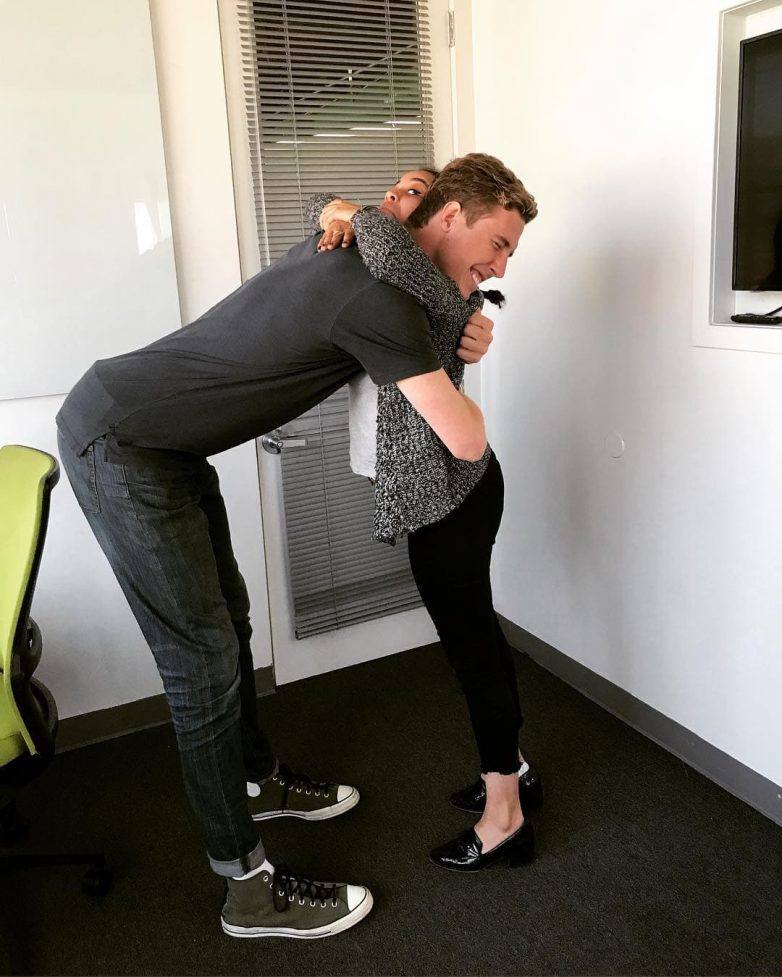
Help! If you need serious drugs to suppress anxiety, then you need to contact your doctor who will write a prescription.
In addition to the above tips, it is worth reviewing your diet . It is necessary to reduce the consumption of fried, sweet and spicy foods.
With the help of a psychotherapist
If we are talking about severe cases of anthropophobia, regular meetings with a psychotherapist are indispensable . The treatment process begins with a search for the causes of fear of people. If the patient is aware that anthropophobia prevents him from living a normal life, this will significantly speed up the treatment process.
Attention! If necessary, the specialist can prescribe medication to the patient, which will allow him to muffle the feeling of fear of.
As the therapy progresses, the patient begins to perform simple actions .














